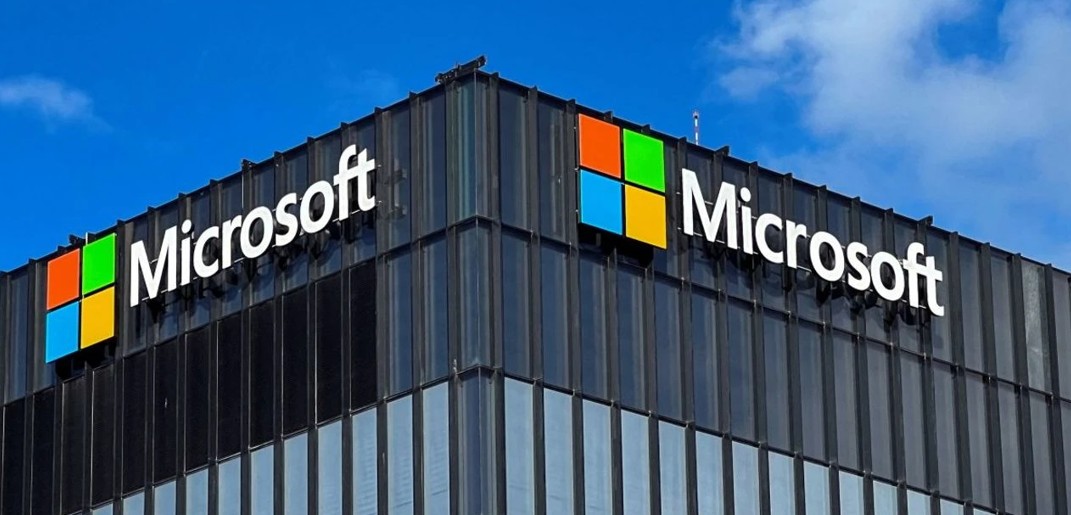
When you think about the companies that have most profoundly shaped our digital lives, Microsoft undoubtedly sits at the top of the list. From the humble beginnings of a garage in Albuquerque to a global tech behemoth driving the future of AI, their journey is a captivating saga of innovation, ambition, and relentless evolution.
So, grab a coffee, because we’re taking a whirlwind tour through the fascinating history of Microsoft.
The Spark: A Shared Vision (1975-1980s)
Our story begins in 1975, when two brilliant young friends, Bill Gates and Paul Allen, saw the MITS Altair 8800 personal computer and recognized its revolutionary potential. They believed that software would be key to unlocking that potential for the masses. Their first product? A BASIC interpreter for the Altair, which they licensed. This wasn’t just code; it was a foundational brick in the personal computing revolution.
The real game-changer came in the early 1980s. IBM, looking to enter the nascent personal computer market, needed an operating system. Gates and Allen famously acquired an operating system called QDOS (Quick and Dirty Operating System), refined it, and licensed it to IBM as MS-DOS. Crucially, they retained the right to license it to other computer manufacturers – a strategic move that would prove to be a masterstroke. The PC era was born, and MS-DOS became its lingua franca.
The Windows Revolution: GUI for the Masses (1985-2000s)
While MS-DOS was functional, it wasn’t exactly user-friendly. The future, Bill Gates knew, was in a Graphical User Interface (GUI). After several attempts, Windows 1.0 arrived in 1985, but it wasn’t until Windows 3.1 (1992) and then the monumental Windows 95 (1995) that Microsoft truly democratized computing.
Windows 95 wasn’t just an operating system; it was a cultural phenomenon, launching with a $300 million marketing campaign featuring The Rolling Stones’ “Start Me Up.” It brought the “Start Menu” and simplified the PC experience, making it accessible to millions and cementing Microsoft’s dominance on the desktop.
Alongside Windows, the Microsoft Office Suite (Word, Excel, PowerPoint) became the indispensable toolkit for productivity, further integrating Microsoft into the daily routines of businesses and individuals worldwide.
Navigating the Internet & Diversification (1990s-2010s)
As the internet exploded in the mid-90s, Microsoft was initially caught slightly off guard but quickly pivoted. Internet Explorer became a dominant force in the “browser wars” of the time. However, this period also brought significant challenges, including a landmark antitrust case from the U.S. government.
Recognizing the need to expand beyond the PC, Microsoft made a bold move into gaming with the launch of the Xbox in 2001, challenging Sony and Nintendo and carving out a significant niche in the entertainment sector. Yet, not all ventures were hits; the Zune music player and early attempts at mobile operating systems struggled against fierce competition.
Under CEO Steve Ballmer, Microsoft continued its global expansion, but the company faced increasing pressure to innovate and adapt to the rise of mobile and cloud computing.
The Nadella Renaissance: Cloud First, AI Ahead (2014-Present)
The appointment of Satya Nadella as CEO in 2014 marked a profound turning point. Nadella ushered in a cultural shift, embracing open source technologies, fostering collaboration, and focusing intensely on the “Cloud First, Mobile First” strategy.
The result? The meteoric rise of Azure, Microsoft’s cloud computing platform, which now rivals AWS as a leading provider of cloud services for businesses globally. Nadella also oversaw significant acquisitions like LinkedIn (2016) and GitHub (2018), expanding Microsoft’s reach into professional networking and developer tools.
Today, Microsoft is at the forefront of the Artificial Intelligence (AI) revolution, integrating AI into everything from Microsoft 365 (e.g., Copilot) to Azure services. Their multi-billion dollar investment in OpenAI (the creators of ChatGPT) signals a clear direction for the future. Recent mega-acquisitions like Activision Blizzard further solidify their position in interactive entertainment.
The Enduring Legacy
From writing BASIC interpreters on a borrowed machine to powering the world’s most sophisticated AI, Microsoft’s history is a testament to the power of vision, adaptability, and continuous reinvention. They’ve not just been a player in the digital revolution; they’ve often been the architect, building the tools and platforms that empower billions of people to work, create, connect, and play.
What’s next for the tech titan? If their history is any guide, it will be groundbreaking, transformative, and undoubtedly shape our digital world for decades to come.







